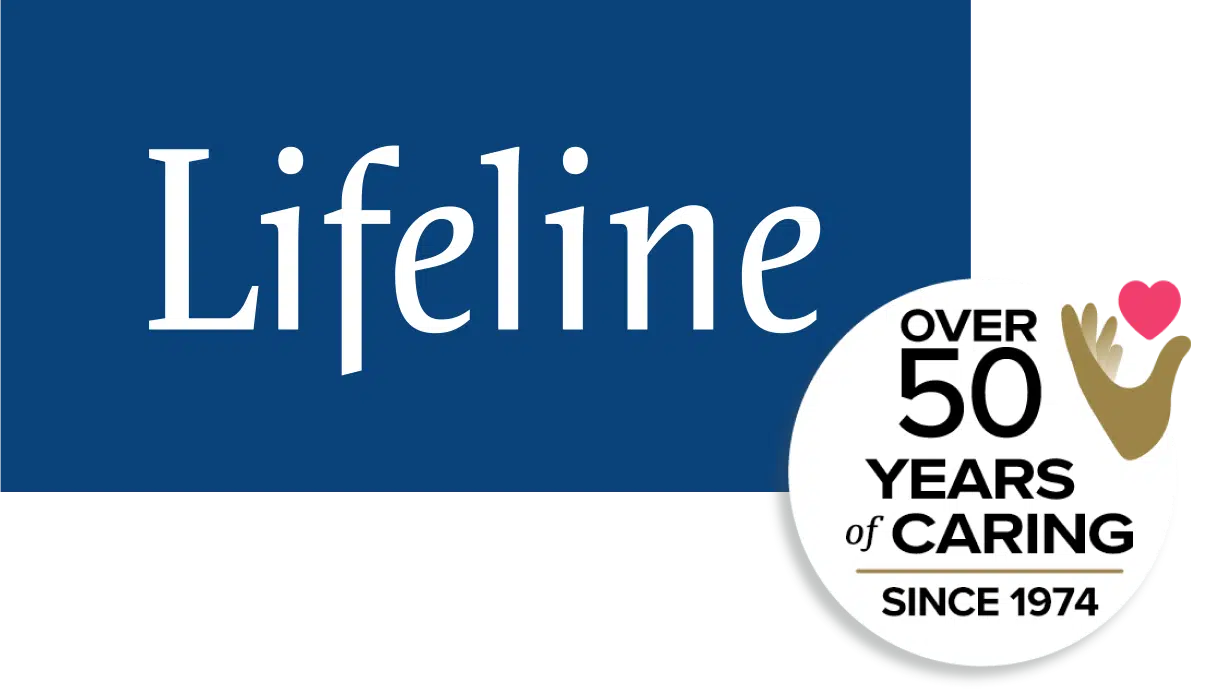Caring for aging loved ones is a profound responsibility that often comes with emotional and logistical challenges. A personal care plan offers a proactive way to navigate this journey, ensuring that loved ones’ needs are met while providing caregivers clarity and peace of mind.
Disclaimer: This information is not intended as a substitute for professional consultation, diagnosis, or treatment; it is provided “as is” without any representations or warranties, express or implied. Always consult a healthcare provider if you have specific questions about any medical matter, and seek professional attention immediately if you think you or someone in your care may be experiencing a healthcare condition or medical emergency.
What is a Personal Care Plan?
A care plan is more than just a document; it’s a collaborative effort that helps families establish shared goals. This process reduces stress, builds trust, and fosters better communication among all parties. By taking the time to create a plan, families can focus on providing care rather than reacting to emergencies.
Tailored solutions are one of the most significant benefits of a personal care plan. Every individual has unique preferences and needs, and a well-designed plan reflects this individuality. Whether it’s scheduling daily activities, outlining medical support, or incorporating technology, customization ensures that the plan works seamlessly for everyone involved.
Discussing Health Concerns
The foundation of any personal care plan is an open and honest discussion about health concerns. However, starting this conversation can be daunting, especially when emotions or stigma are involved.
- Choosing the right setting is crucial. A private and relaxed environment, free from distractions, helps everyone feel comfortable. For example, scheduling the discussion during a family dinner or weekend visit can create a natural opportunity to share thoughts. Using a calm and compassionate tone sets the stage for a productive exchange.
- Begin by exploring current health challenges and potential risks. Questions like “Have you noticed any recent changes in your mobility or energy levels?” can open the door to deeper conversations about long-term needs. This step ensures the care plan addresses immediate priorities while preparing for future concerns, such as chronic illness or age-related conditions.
- Emotional barriers often surface during these discussions. Older adults may resist talking about their health due to fear of burdening others or denial of their vulnerabilities. Addressing these feelings with empathy and reassurance is essential. Highlight how the conversation is an act of love, designed to protect their independence and well-being.
- Involving all relevant stakeholders strengthens the process. Adult children, siblings, professional caregivers, and the senior themselves should participate in the discussion. Each perspective offers valuable insights, and collaboration ensures that everyone feels heard. For instance, a sibling living out of town might provide financial support while a local caregiver handles day-to-day responsibilities.
Canadian organizations like the Family Caregivers of BC provide valuable resources on navigating these conversations with tact and sensitivity.
this narrative, highlighting how thoughtful preparation enables seniors to live safely and confidently in their preferred environment.
Families that plan ahead also benefit from improved caregiving outcomes. Addressing health concerns early can reduce the likelihood of crises and ensure timely interventions when needed. Proactively developing a care plan strengthens family dynamics, promoting understanding and collaboration.
Creating a Personalized Care Plan
Once the conversation begins, the next step is translating concerns and priorities into a structured care plan. This document serves as a dynamic resource, evolving to meet changing needs over time.
Key elements of a care plan include:
- Medical history: Documenting diagnoses, allergies, and treatment plans ensures healthcare providers have a complete picture.
- Emergency contacts: A comprehensive list of contacts—family, neighbours, and medical professionals—can streamline emergency responses. Including clear instructions for preferred interventions is equally vital.
- Daily routines: Establishing a schedule for meals, physical activity, and social activities provides stability. A loved one’s preferences, such as enjoying breakfast at a certain time or spending evenings reading, should be considered.
- Medication and diet: Maintaining an accurate list of prescriptions, supplements, and dietary needs prevents errors and supports overall health.
- Legal and financial matters: Assigning powers of attorney or healthcare proxies protects decision-making rights. Families should also consider wills, advanced care directives, and budgeting for future expenses.
Incorporating technology into the care plan enhances safety and convenience. Medical alert systems like those offered by Lifeline Canada provide immediate access to help, reducing the risks associated with falls or sudden illnesses. Features such as GPS tracking and automatic fall detection are particularly valuable for seniors living alone. Additionally, digital tools allow families to share updates and coordinate tasks efficiently, especially when caregivers live in different locations.
Take our quick and easy Medical Alert Assessment to find out if it’s the right time to consider a Medical Alert System.
The Importance of Updates
Reviewing and updating the care plan regularly is essential. Life circumstances, such as a new diagnosis or a change in living arrangements, may require adjustments. An annual review, or whenever significant events occur, ensures the plan remains relevant and effective.
Templates and Checklists
Organizational tools like templates and checklists simplify caregiving by providing clear frameworks for managing tasks and information. Resources like the Frailty Care Plan Guide from British Columbia’s Ministry of Health offer practical templates for building a robust care plan.
Care plan templates often include sections for tracking:
- Personal and medical histories.
- Emergency contacts and action plans.
- Daily schedules and caregiver responsibilities.
Checklists, on the other hand, focus on specific needs. For instance:
- Emergency preparedness lists ensure families have essential items, such as medications, medical records, and contact numbers, readily accessible.
- Medication management checklists help track prescriptions, dosages, and refill dates.
- Safety assessments identify risks at home, such as tripping hazards or the need for assistive devices.
Customization is key to making these tools effective. A caregiver for someone with dementia, for example, might emphasize reminders for daily tasks or calming activities to reduce agitation. Simple and user-friendly designs encourage caregivers to use these tools consistently.
Canadian caregivers can access tailored templates through platforms likeCanadian Caregiving Resources. These resources align with national healthcare standards, making them particularly relevant for local families.
Additional Resources
Caregiving is rarely a solo effort, and accessing external resources can make a significant difference. Families should explore a variety of support options to enhance their care plans:
Healthcare Professionals
- Geriatricians, Family Doctors, and Specialists: Home and Community Health Care.
Community Support
- Local Organizations and Support Groups: Connecting with peers who share similar experiences offers emotional support and practical tips. For example, the Ontario Caregiver Organization provides resources and support for caregivers.
Government Resources
- Financial Assistance:The Government of Canada offers programs such as the Canada Caregiver Credit and Employment Insurance caregiving benefits. Use the Benefits Finder to discover benefits that can help lower your living costs, find affordable housing, and improve your quality of life.
- Provincial Programs: For example, Ontario provides the Ontario Seniors Care at Home Tax Credit to help seniors age 70 or older with eligible medical expenses.
Building on the wealth of resources and support available, Lifeline Canada offers advanced tools to enhance caregiving and promote independence. Discover how Lifeline’s medical alert systems provide reliable, round-the-clock access to help when it’s needed most.
Empowering Care Through Collaboration
Developing a personal care plan is a meaningful way to demonstrate love and commitment to an aging family member. This collaborative process not only addresses practical concerns but also strengthens emotional bonds within the family.
Taking the time to engage in open communication and proactive planning ensures better outcomes for everyone involved. A well-crafted care plan provides peace of mind, reduces stress, and allows families to focus on creating meaningful moments together.
With the right tools, resources, and mindset, caregiving becomes a shared journey rooted in trust, respect, and compassion.
What You Should Do Now:
Here are 5 ways we can help you or your loved one live safer and more independently at home as long as possible:
- Get our latest tips, tools and resources straight to your inbox. Sign up for our monthly newsletter.
- Not sure if the time is right for a medical alert service? Take this quick assessment to find out.
- If you would like to learn how to live a healthier and safer lifestyle, go to our blog or visit our resources section, where you can read and download guides.
- Wondering which medical alert system company is the best for your needs? We’ve put together a guide comparing the best medical alert systems for you.



